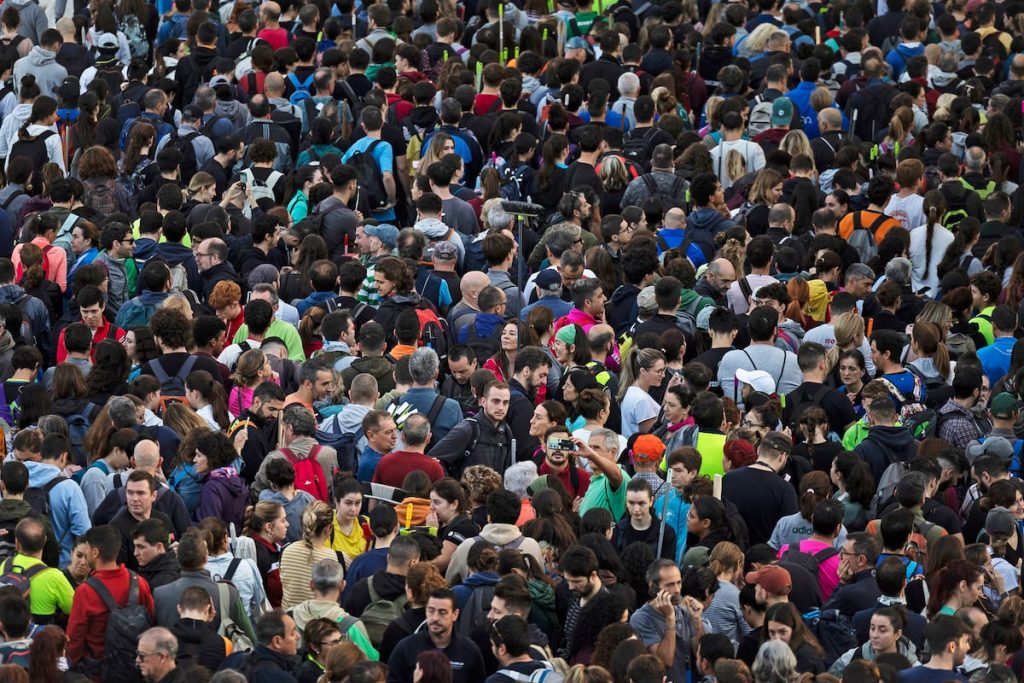The response from the public has been massive, with thousands of volunteers answering the call from the Valencian government at the Ciudad de las Artes y las Ciencias. The aim was to organize the crowds to prevent a surge of people that could hinder access for emergency and security services in the regions affected by the devastating storm, as happened in some cases the previous Friday. As the day progressed, numerous complaints and criticisms were voiced on social media. Many volunteers, including Elsa, Yolanda, and Ainhoa, arrived early in the morning with tools to help with clean-up efforts. They were motivated by a sense of solidarity and empathy for those affected by the disaster.
Volunteers of all ages gathered at the Ciudad de las Artes y las Ciencias, patiently waiting in long queues to board buses provided by the government to travel to the affected areas. People like Luz María, a 16-year-old student, and her father Alfonso, a 52-year-old professor, expressed their willingness to help in any way they could, despite not having financial resources to contribute. The atmosphere was emotional and heartwarming as people joined together to support those in need. The Museu de les Ciències served as a central hub for distributing supplies to volunteers before they boarded the buses.
Complaints arose among the volunteers as they experienced delays in boarding buses and confusion about the destinations. Some volunteers were unhappy with being taken to a shopping center instead of directly to the affected areas. Others criticized the lack of organization and coordination in the volunteer efforts, with some expressing frustration at the disorganization and lack of direction from government authorities. Despite the challenges, volunteers like Liliana Castillo persevered in their efforts to help those in need, highlighting the importance of community solidarity in times of crisis.
While some volunteers decided to continue with the government-led efforts, others chose to independently travel to the affected areas to provide assistance. The coordination and logistics of the volunteer operation faced challenges, with some buses unable to reach their destinations due to road closures. Issues such as delays, changes in destinations, and lack of clear instructions contributed to the frustration among volunteers. However, the presence of government officials like Vice President Susana Camarero assured volunteers that they would be directed to areas where they were needed.
Despite the difficulties and complaints, many volunteers remained dedicated to their mission of helping those affected by the storm. The overwhelming response from the public demonstrated a strong sense of solidarity and unity in the face of adversity. The challenges faced by the volunteers underscored the importance of effective coordination and communication in disaster response efforts. The collective efforts of volunteers, government agencies, and local communities were crucial in providing support and assistance to those in need during a time of crisis.















